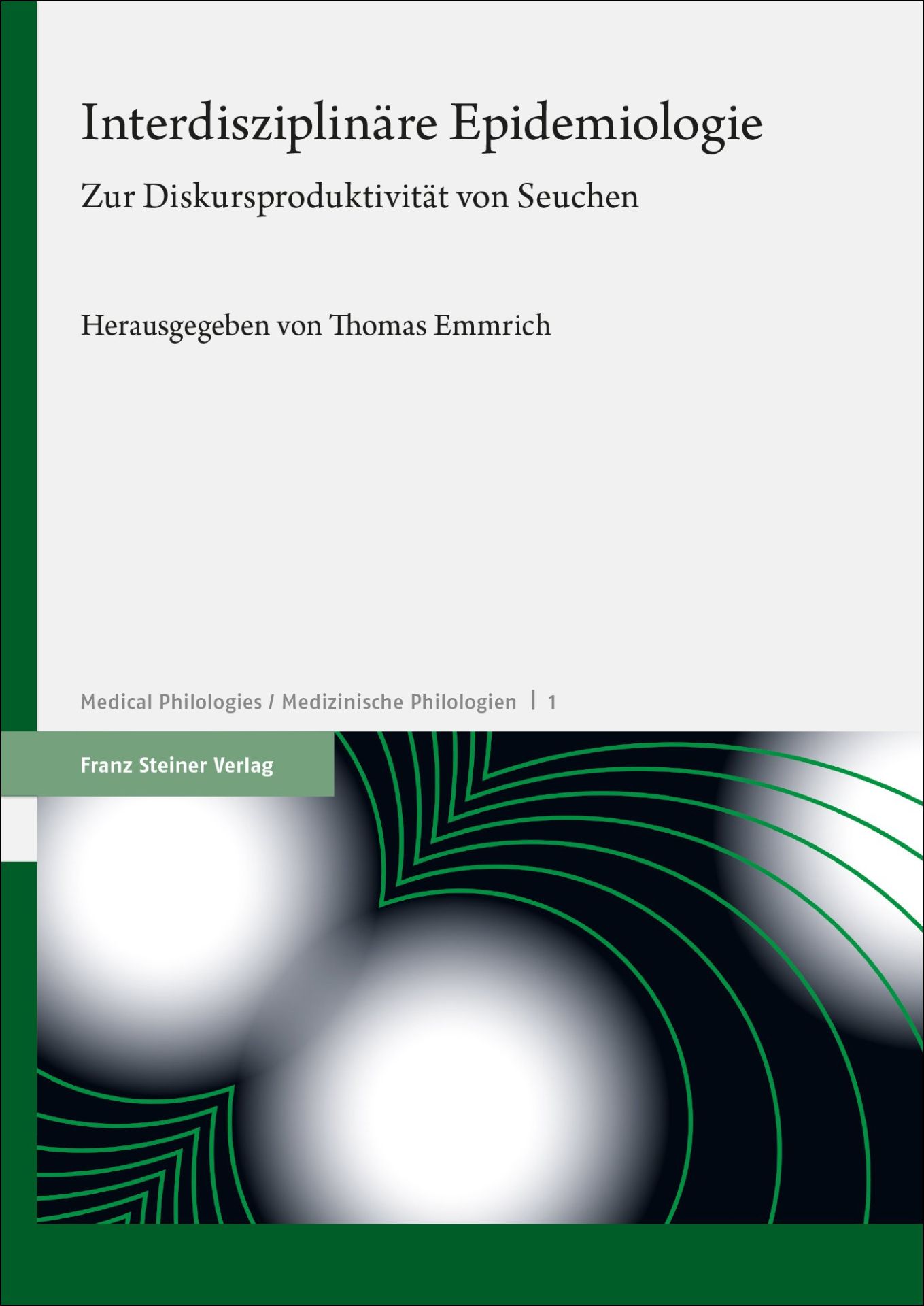The secret in medieval literature: alternative worlds in the Middle Ages
 The Secret in Medieval Literature: Alternative Worlds in the Middle Ages explores the many strange phenomena, both in the Middle Ages and today, that do not find any good rational explanations. Those do not pertain to magic or to religion in the traditional sense of the word; they are secrets of an epistemological kind and tend to defy human rationality, without being marginal or irrelevant. At first sight, we might believe that we face elements from fairy tales, but the medieval cases discussed here go far beyond such a simplistic approach to the mysterious dimension of secrets. In fact, as this book argues, medieval poets commonly engaged with alternative forces and described their workings within the human context (both in the Latin West and in the East), without being able to come to terms with them critically. Those mysteries appear both in heroic epics and courtly romances, among other genres, and they figure more frequently than we might have assumed. On the one hand, we could conceive of those secrets as the product of literary liberties and imagination; on the other, those secrets prove to be rather serious agents intervening in the lives of the fictional protagonists. By the same token, our modern world is not all rationality and material conditions either. The study of secrets in the Middle Ages thus opens the pathway toward a new epistemology both for the people in the pre-modern age and us today.
The Secret in Medieval Literature: Alternative Worlds in the Middle Ages explores the many strange phenomena, both in the Middle Ages and today, that do not find any good rational explanations. Those do not pertain to magic or to religion in the traditional sense of the word; they are secrets of an epistemological kind and tend to defy human rationality, without being marginal or irrelevant. At first sight, we might believe that we face elements from fairy tales, but the medieval cases discussed here go far beyond such a simplistic approach to the mysterious dimension of secrets. In fact, as this book argues, medieval poets commonly engaged with alternative forces and described their workings within the human context (both in the Latin West and in the East), without being able to come to terms with them critically. Those mysteries appear both in heroic epics and courtly romances, among other genres, and they figure more frequently than we might have assumed. On the one hand, we could conceive of those secrets as the product of literary liberties and imagination; on the other, those secrets prove to be rather serious agents intervening in the lives of the fictional protagonists. By the same token, our modern world is not all rationality and material conditions either. The study of secrets in the Middle Ages thus opens the pathway toward a new epistemology both for the people in the pre-modern age and us today.
zum Buch im KatalogPlus
zum Buch auf der Verlags-Website
Interdisziplinäre Epidemiologie: Zur Diskursproduktivität von Seuchen
 Seuchen wie Pest, Typhus oder Covid-19 bedrohen nicht nur einzelne Individuen, sondern die gesamte soziale und kulturelle Ordnung. Dementsprechend sind alle Disziplinen und gesellschaftlichen Teilsysteme – Historiographie, Journalismus, Literatur, Medizin, Philosophie, Politik, Psychologie, Religion und Soziologie etc. – aufgefordert, epi- und pandemischen Katastrophen mit ihrem je eigenen Wissen und ihren spezifischen Repräsentationsformen zu begegnen, um sie akut oder retrospektiv zu bewältigen und zu verarbeiten. Seuchen provozieren nicht zuletzt wegen ihrer destruktiven Effekte, u. a. des massierten Sterbens, der existenziellen Verunsicherung und der Destabilisierung des sozialen Gefüges, ein intensives Denken, Sprechen und Schreiben über sie. Das Pendant zur Destruktivität kollektiver Infektionskrankheiten bilden die diskursive Produktivität und die Innovationspotenziale von Seuchen. Dem gehen die Beiträger:innen des interdisziplinär ausgerichteten Sammelbands von der griechischen und römischen Antike bis zur Gegenwart nach. Sie zeigen die unmittelbaren Reaktionen sowie die Spuren auf, die Seuchen im symbolischen System und Imaginären der Kultur hinterlassen haben.
Seuchen wie Pest, Typhus oder Covid-19 bedrohen nicht nur einzelne Individuen, sondern die gesamte soziale und kulturelle Ordnung. Dementsprechend sind alle Disziplinen und gesellschaftlichen Teilsysteme – Historiographie, Journalismus, Literatur, Medizin, Philosophie, Politik, Psychologie, Religion und Soziologie etc. – aufgefordert, epi- und pandemischen Katastrophen mit ihrem je eigenen Wissen und ihren spezifischen Repräsentationsformen zu begegnen, um sie akut oder retrospektiv zu bewältigen und zu verarbeiten. Seuchen provozieren nicht zuletzt wegen ihrer destruktiven Effekte, u. a. des massierten Sterbens, der existenziellen Verunsicherung und der Destabilisierung des sozialen Gefüges, ein intensives Denken, Sprechen und Schreiben über sie. Das Pendant zur Destruktivität kollektiver Infektionskrankheiten bilden die diskursive Produktivität und die Innovationspotenziale von Seuchen. Dem gehen die Beiträger:innen des interdisziplinär ausgerichteten Sammelbands von der griechischen und römischen Antike bis zur Gegenwart nach. Sie zeigen die unmittelbaren Reaktionen sowie die Spuren auf, die Seuchen im symbolischen System und Imaginären der Kultur hinterlassen haben.
zum Buch im KatalogPlus
zum Buch auf der Verlags-Website
